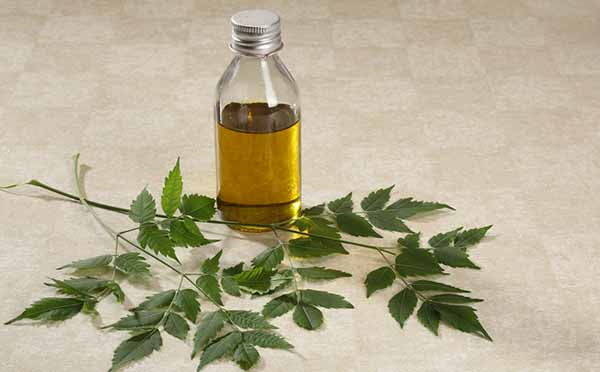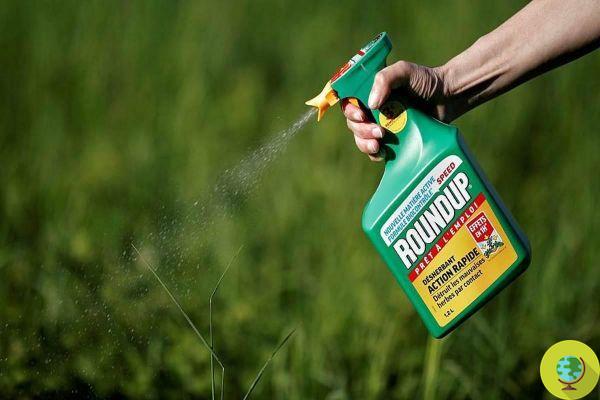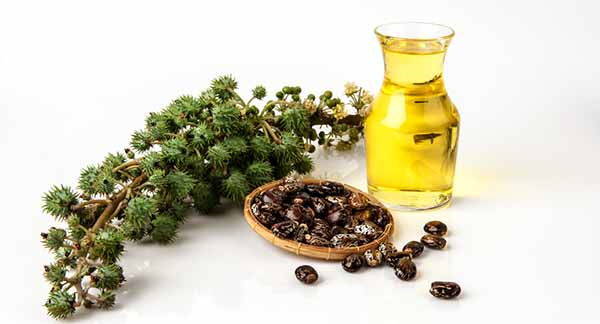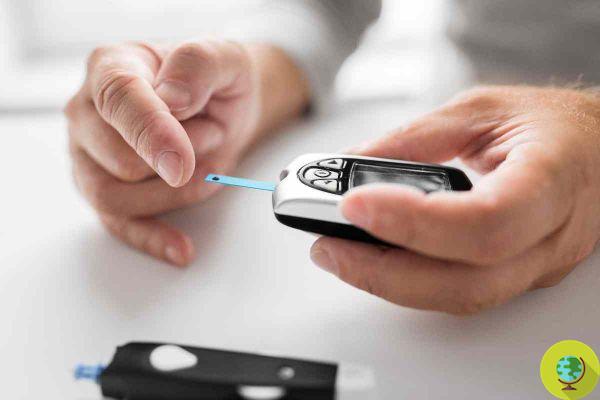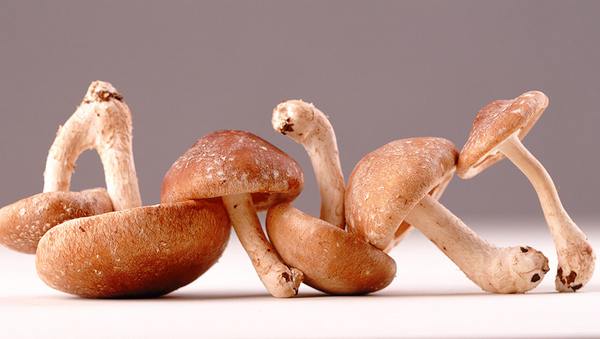Household appliances such as dishwashers host a myriad of microorganisms, dangerous yes but above all for people with an already weakened immune system.
Dishwasher receptacle for bacteria. Among several fungi and a bacterial diversity of no small importance, the household appliance loved by all women hides several pitfalls. In the dishwasher, high temperatures, high concentrations of sodium chloride, the presence of detergents, the strength of water and other factors during washing cycles define microbial survival in a system that can be defined as extreme.
This is the conclusion reached by scholars from the University of Ljubljana (Slovenia), the University of Copenhagen (Denmark) and the University of Ghent (Belgium), who have shown that household appliances such as dishwashers host a myriad of microorganisms, dangerous yes, but especially for people with a weakened immune system.
In fact, the research aims to show how biofilms - that is, the “complex aggregations of microorganisms” - formed on the rubber seals in dishwashers are able to host different microbiota.
A systematic review
Led by microbiologist Prem Krishnan Raghupathi, the researchers examined the rubber seals of 24 dishwashers, discovering a rather robust microbiome in each of them. The survival and variety of microorganisms were linked to several factors such as pH, high temperature, detergents, high concentrations of sodium chloride (NaCl) and the strength of the water during the wash cycles.
Well, researchers have unearthed several colonies of bacteria and fungi, even occasionally pathogenic, but generally - according to scholars - with extremely low or zero health risks. Among the bacteria were found those of the genera Pseudomonas, Escherichia and Acinetobacter, while among the fungi they cite Candida, Cryptococcus and Rhodotorula. Especially those of the genus Candida, responsible for skin and mucous membrane infections, have been found in 100% of dishwashers.
Fungi, according to the researchers, would enter mostly via tap water, while bacteria could come from contaminated food. These microorganisms thrive and spread especially when the dishwasher emits hot air and there is a lot of humidity inside. For this reason, scientists suggest opening the appliance only at the end of the washing cycle and when it is cold to avoid dispersion.
How to clean the dishwasher
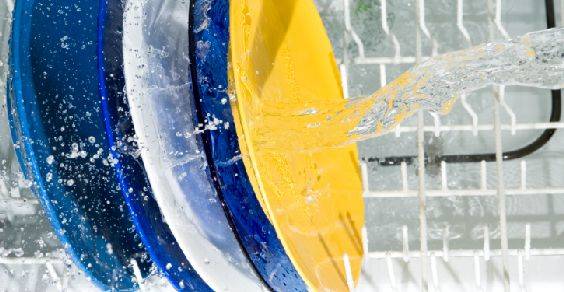
For the rest, remember that even the dishwasher must be taken care of and cleaned regularly, if only its constant maintenance allows us to keep us away from any periodic repairs.
Remember to clean the filter and the interior daily: disassemble the pieces that can be disassembled and rinse under running water. If they are clogged, clean the water passage holes with a toothpick or a damp cloth soaked in vinegar.
At least once a month do a vacuum wash with a liter of apple cider vinegar, to degrease everything, including the drain and pipes, and clean the gaskets with a sponge soaked in vinegar. Finally, to further degrease the dishes, add half a lemon with each wash (remove the seeds!), Which will also give a good clean scent.
READ also:
- 10 things you shouldn't put in the dishwasher
- 5 do-it-yourself detergents for the dishwasher
- Dishwasher: how to choose it and how to use it in a more ecological way
Germana Carillo





